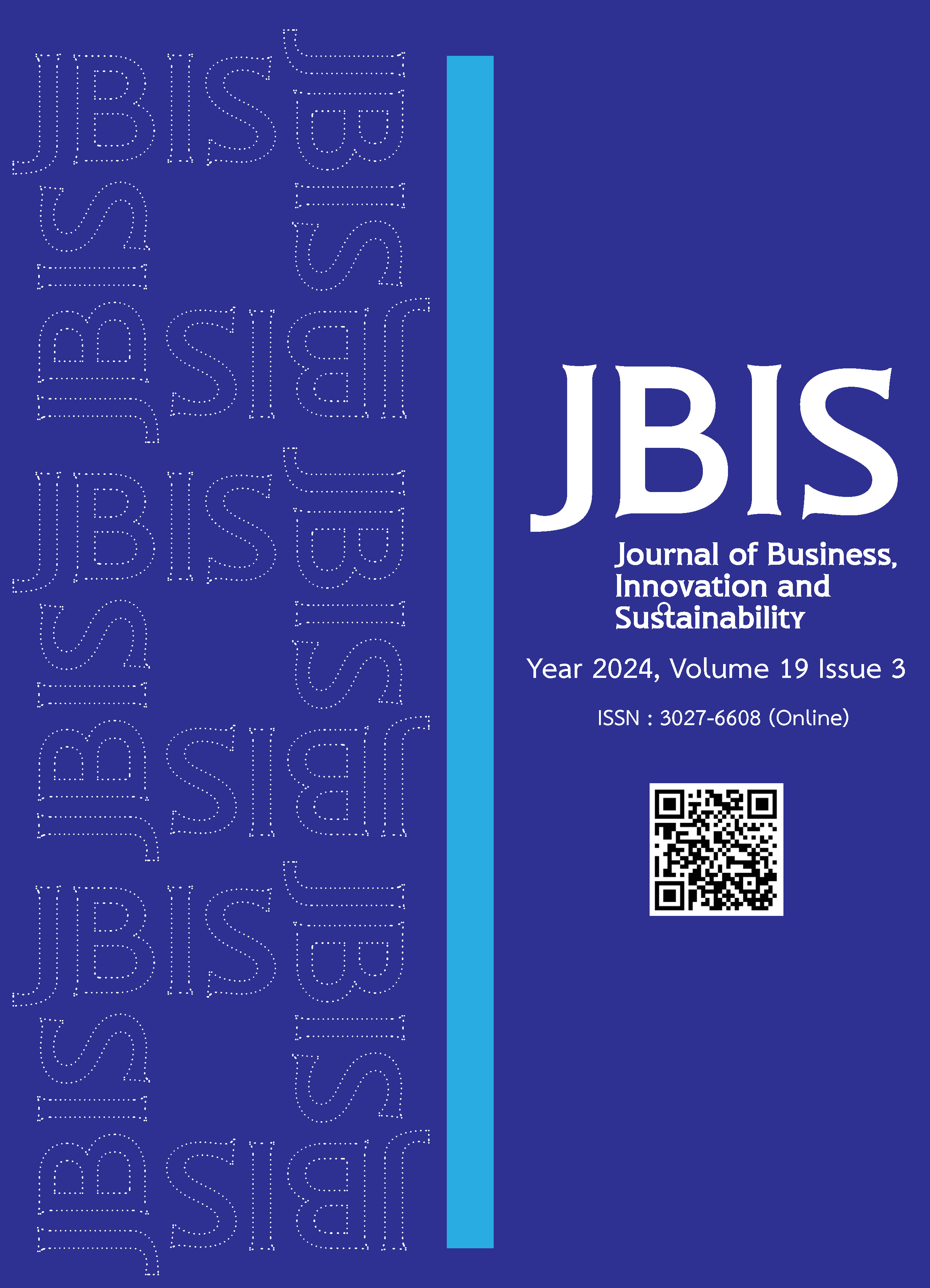Analysis of Economic Linkages in Thailand’s Digital Industry
Main Article Content
บทคัดย่อ
This study analyzes the economic linkages in the digital industry in Thailand to identify the relationship between the economic multipliers of the digital industry and other industries. This study aims to discover ways to promote and develop Thailand’s digital industry and encourage the domestic economy to grow in the same direction. The analysis is divided into two parts: economic linkage and economic multiplier, using the Input-Output Table. The new industry sector codes are grouped by size, with 59 out of 180 production sectors being evaluated in 2015. According to the Production Factors and Output Table, digital industry activities have a direct forward linkage with other industrial branches, equating to 0.320, and a direct backward linkage with other industrial branches, equating to 0.926. Regarding the analysis of the overall economic linkage index, digital industry activities have an overall forward linkage index and an overall backward linkage index greater than the average or greater than 1, equating to 5.405 and 5.359, respectively. This means that digital industry activities involve the distribution of output and the use of inputs from other production branches. Moreover, an analysis of the multiplier in the economic system reveals that digital industry activity has an average multiplier of 1.910%. This means that if the digital industry activity value increases by 1%, then the value of the output of all industries in Thailand’s economy will increase by 1.910%.
The findings suggest that various activities exist in the digital industry. These include the manufacture of radio, television, and communications equipment and tools, postal, telegraph, telephone, and communications services, movie production and distribution, movie theater and radio, television, and other related services. The products are distributed as a factor of production, and there is demand for them from various branches of the economy. Therefore, the government should adopt policies and strategies to develop and promote economic branches linked to digital industry activities. Providing government agencies support and promote economic branches correctly, these economies will expand, potentially bringing other related economic branches to expand in the same way, resulting in the efficient growth of Thailand’s economic system. Digital industry is the infrastructure for technological development and innovation in the production processes of all industries.
Article Details

อนุญาตภายใต้เงื่อนไข Creative Commons Attribution-NonCommercial-NoDerivatives 4.0 International License.
เอกสารอ้างอิง
Bhongchirawattana, U. and Srithongdeang, C. (2019). An analysis of the economic linkage in Thailand’s automotive industry. The Journal of Faculty of Applied Arts, 12(1), 21-34.
Digital Economy Promotion Agency. (2017). Thailand’s digital economy at a Glance. Retrieved October 1, 2023, from https://www.depa.or.th/th/article-view/thailand-digital-economy-glance
Digital Economy Promotion Agency. (2023). Digital industry 2022. Retrieved October 1, 2023, from https://www.depa.or.th/storage/app/media/file/20230920_Digital%20Industry%202022.pdf
Kasrisom, A. (2019). Effect of technology and impact of the targeted industric under Thailand 4.0 policy in the eastern special development zone. Master thesis, M.Econ., Kasetsart University, Bangkok.
Office of the National Economic and Social Development Council. (2015a). Input-output classification. Retrieved October 1, 2023, from https://www.nesdc.go.th/ewt_dl_link.php?nid=6181&filename=io_page
Office of the National Economic and Social Development Council. (2015b). Input-Output Tables (I-O Tables). Retrieved October 1, 2023, from https://www.nesdc.go.th/nesdb_en/main.php?filename=national_account
Office of the National Economic and Social Development Council. (2023). Subject: Thai economy in the third quarter of 2023 and trends for 2023-2024. Retrieved October 2, 2023, from https://www.nesdc.go.th/ewt_news.php?nid=14571&filename=index
Ministry of Industry. (2015). The 20-year industrial development under Industry 4.0 (2017- 2036) Retrieved October 1, 2023, from https://waa.inter.nstda.or.th/stks/pub/2017/20171114-oie.pdf
Heo, P. S. and Lee, D. H. (2019). Evolution of the linkage structure of ICT industry and its role in the economic system: the case of Korea. Information Technology for Development, 25(3), 424-454.
Vu, K. and Nguyen, T. (2024). Exploring the contributors to the digital economy: Insights from Vietnam with comparisons to Thailand. Telecommunications Policy, 48(1), 102664.
Yiamyod, R. and Kaenmanee, S. (2015). An analysis of the economic structure and the linkage among production sectors of Kalasin province. KKU Research Journal of Humanities and Social Sciences (Graduate Studies), 3(1), 24-37.
Yu, G., Tang, L., Peng G. and Xiong C. (2023). Relevance analysis of China’s digital industry. Sustainability, 15(18), 13469.


